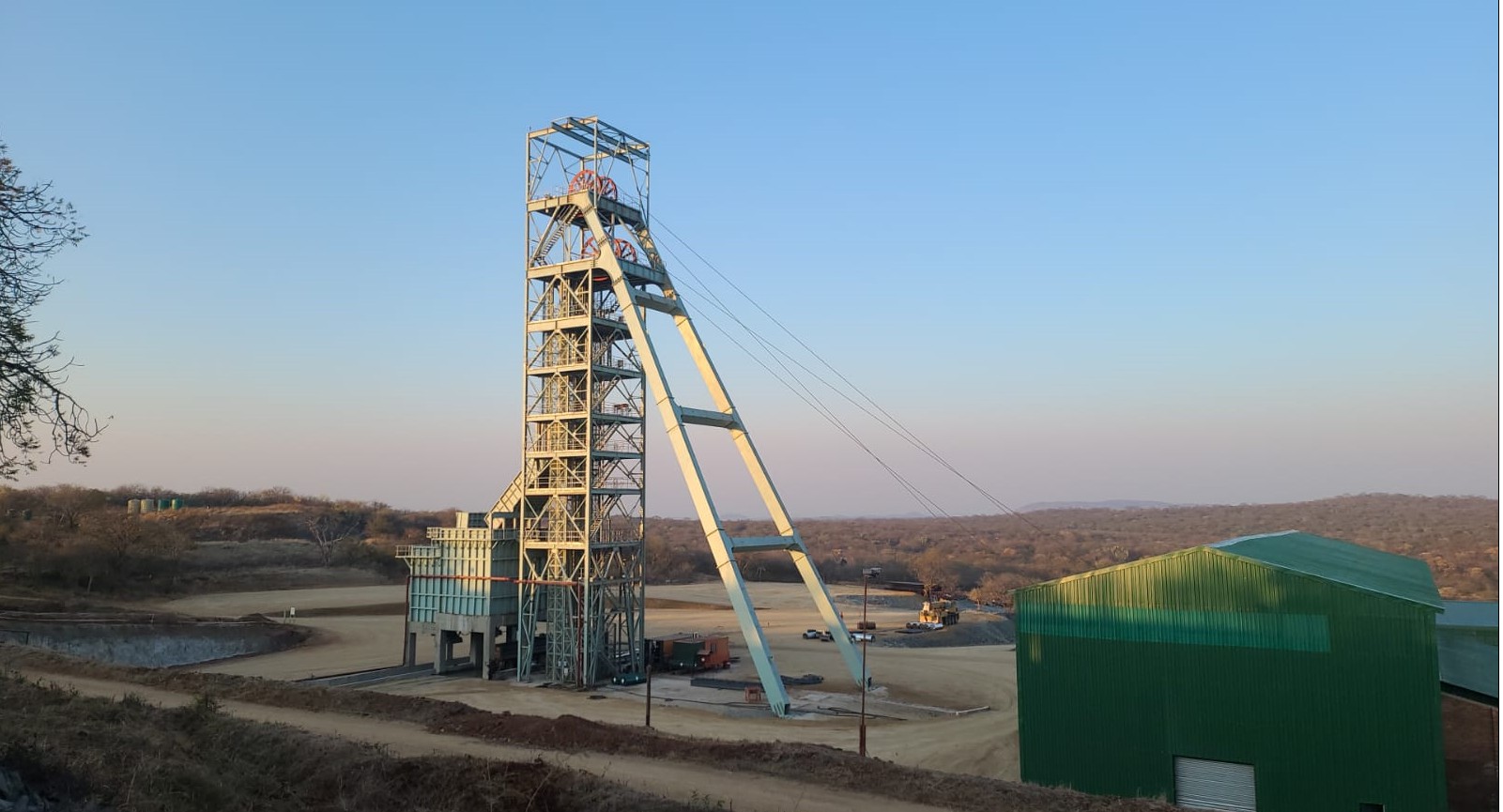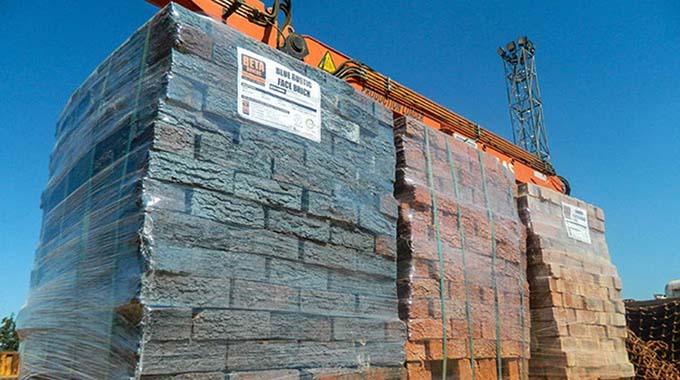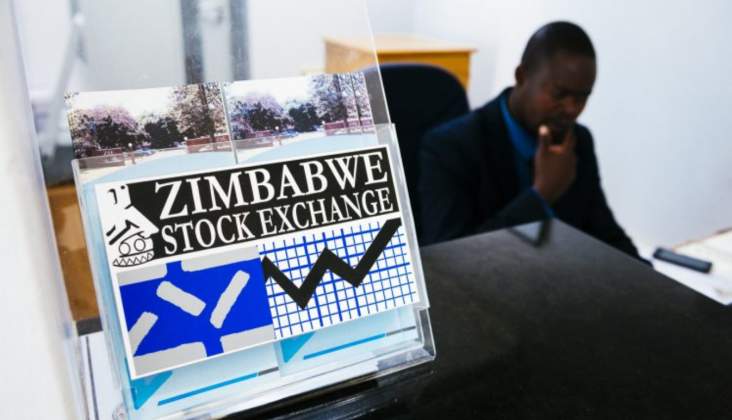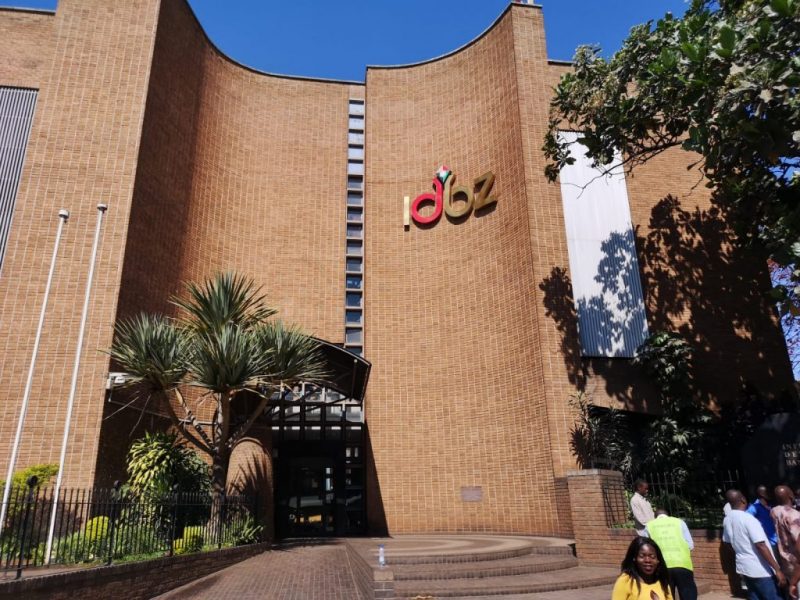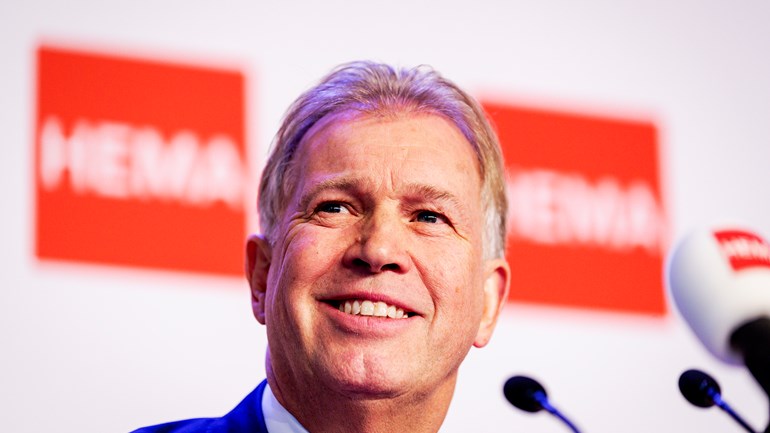Dutch billionaire eyes horticulture industry
DUTCH billionaire, Marcel Boekhoorn, is set to invest millions of dollars towards reviving Zimbabwe’s rose industry, which will significantly boost foreign exchange earnings and create thousands of jobs.
The investment from the deep pocketed Dutch entrepreneur, is also expected to rejuvenate, grow and create much needed momentum to reboot key areas of Zimbabwe’s limping horticulture industry.
At the height of its success, Zimbabwe’s horticulture industry raked in millions in US dollar export earnings with flowers accounting for the largest chunk of that amount.
As history has proven, says national trade promotion body ZimTrade, flower exports used to be Zimbabwe’s biggest forex earners at the height of production and there is potential to surpass the figures.
According to Floridaily — an online news publication on flowers — by 2001, Zimbabwean flower exports ranked as the second largest in Africa, only behind Kenya.
Today, Kenya is still the leading exporter of flowers in Africa, having exported US$709 million in 2019, followed by Ethiopia, which shipped out US$241 million and South Africa with US$55 million.
For Zimbabwe, the contribution of floriculture over the past 20 years has gone down but there is huge potential for a reboot.
According to Trade Map, Zimbabwe exported flowers worth only US$3,06 million in 2019, from around US$2 million in 2017.
Recent flower export figures show a huge decline exports from its peak in 2001 where roses earned US$67,8 million, about 70 percent of total horticulture exports.
Back in 2001, at the height of floriculture exports, Zimbabwe was the fifth biggest exporter of flowers to the European Union, one of the largest global markets for flowers.
Over the years The Netherlands has remained the largest importer of Zimbabwean flowers importing just over US$2,3 million in 2019, according to Trade Map.
Opportunities are still open for local farmers to increase flower exports to Europe, especially to or through The Netherlands.
In 2019, The Netherlands — which is one of the largest re-exporters of horticultural produces in Europe — imported US$1,2 billion worth of flowers globally.
This indicates opportunities for Zimbabwe to improve exports to the rest of Europe if local producers can get the numbers right.
International Trade Centre estimates the annual consumption of commercially grown flowers to range from US$40-60 billion globally.
Boekhoorn has committed to helping Zimbabwe rediscover its place among major flower grower and exporters globally.
He first visited Zimbabwe in 2018 and immediately felt at home. Since then, he has been in touch with a number of players in horticulture and mining sectors, where the Dutch entrepreneur has invested.
As such, the rose project will entail participation of the Government under a smart partnership, with the later chipping in with requisite land in the suitable areas.
The Government has already given the proposal the greenlight and the land has already been identified for production of the roses.
Boekhoorn, an accomplished entrepreneur and philanthropist with investments across The Netherlands, is mostly interested in rose growing, but also avocado and macadamia nuts production.
As he moves to invest millions of US dollars into the domestic economy, the Dutch business mogul recently met with President Mnangagwa to share his giant vision.
Being owner of the largest zoo in The Netherlands, Boekhoorn had a lot to share with the Zimbabwe’s highest leadership and his local business colleagues.
Although his targeted areas of interest span a number of crops in the expansive horticulture industry, the area for immediate focus is the growing of roses for export markets, especially The Netherlands and neighbouring South Africa.
Boekhoorn is known for his focus on value creation through buy-and-build strategies, marketplace innovation, internationalisation, management empowerment and strategic partnerships.
Creating a strong partnership
The Dutch investor will work with local partner, Luxaflor Roses, which is already involved in efforts to revive the production of roses to yesteryear glory, generating hundreds of millions of US dollars.
Already, Luxaflor is presently running a thriving rose (and horticulture in general) farm in Shamva, which will serve as the model for the massive investments in the other planned rose farm projects.
Boekhoorn already has one foot in the local rose industry, having reportedly already extended a few millions towards Luxaflor’s existing rose production project.
However, he is keen on the new planned mega rose project, which will be multiple times bigger and requires much more funding.
The Dutch entrepreneur will bring the requisite funding, which threatened to stall the project, after it was approved by the Government, as Luxaflor struggled to mobilise domestically, due to liquidity constraints.
Unlocking local funding remains a challenge although the Government has agreed to guarantee all bank facilities, where only limited amounts have been secured.
Resuscitating the sector
Zimbabwe once had a flourishing horticulture industry through the 80s and 90s, exporting a range of products from a thriving sector, especially floors, which had a lucrative market in The Netherlands.
But the industry wilted due to dissipation of skills from a highly technical and capital intensive industry, following the fast-track land reform programme from around 2 000, resulting in massive capital flight.
Notably, Zimbabwe’s rose production had registered tremendous growth over two decades, 1980 to 2000, largely due to investment from The Netherlands, which was looking for new areas to grow flowers.
The Dutch provided expertise and funding for commercial growing of roses using groups of farmers who each planted small pieces of land to maximum of 20 ha.
But after the industry collapsed from 2000-2011, none of the farmers could revive their operations, which required a lot fresh capital since the operations were not sophisticated enough to survive changes.
Boekhoorn’s local partners are also already involved in the gold mining sector, another major area of interest in Zimbabwe for the Dutch investor, where he is already investing millions of dollars.
For roses, the investor and his partners want to expand total planted area from the current 22 hectares to at least 200 hectares, and further to 500 ha in the near future.
Luxaflor chairman, Yakub Mahomed, said the investor will fund the project with the Government availing the land while Luxaflor will provide skills, expertise and the markets.
“We have International investors from The Netherlands, he has been interested to invest in Zimbabwe for the last couple of years now.
“The last trip they came to Zimbabwe was about three years ago, on a fact finding mission, to find out what opportunities were in the country.
“We have been for the last 10 years, been embarking on an exercise to get the rose industry back to where it was in the 80s and 90s.
“In the 80s and 90s, the rose industry grew from a couple of hectares to just under a 1 000 hectares. At that time, Kenya was doing 500 hectares and Ethiopia 300 hectares,” Mahomed said.
Does Zimbabwe have many threats?
While Zimbabwe was going downhill after land redistribution, Kenya and Ethiopia grew their hectarage and now have 2 800ha and 1 000ha of roses under crop.
However, although the east African countries are still the leading producers and exporters of flowers from the continent, they are not in any way direct competitors of Zimbabwe on the export markets.
The East African nations produce big head roses, which are needed by sophisticated markets, because of their high altitude.
Zimbabwe produces small head roses, due to its low altitude and has targeted the low end market, which currently has a huge demand for roses the country is not able to satisfy.
“The project is to roll out 200 hectares of roses at a cost of US$50 million. That generates you just under US$100 million annually for 10 years, let us say about US$75 million conservatively, depending on the prices.
“It creates close to about 25 000 jobs, those are direct and indirect jobs. The real cost is very high because this needs capital for green houses, but once it’s up, it will generate revenue for at least 10 years,” he said.
Mahomed said the anticipated huge returns from the investments after cutting out middlemen and focusing on new varieties that fetch good prices on the market.
Further, the export market has been narrowed to just The Netherlands and South Africa, which is a huge market that also provides easier and cheaper logistical means.
“What we will do with this 200 hectares is make sure we service the whole of the South African market. We are in talks with Woolworths and all the big supermarkets,” he said.
This, Mahomed said, will require Zimbabwe to get the mix right in terms of head and stem sizes, colour and varieties, which is also a function of areas that ensure the right conditions are met.–ebusinessweeklyc.oz.w





